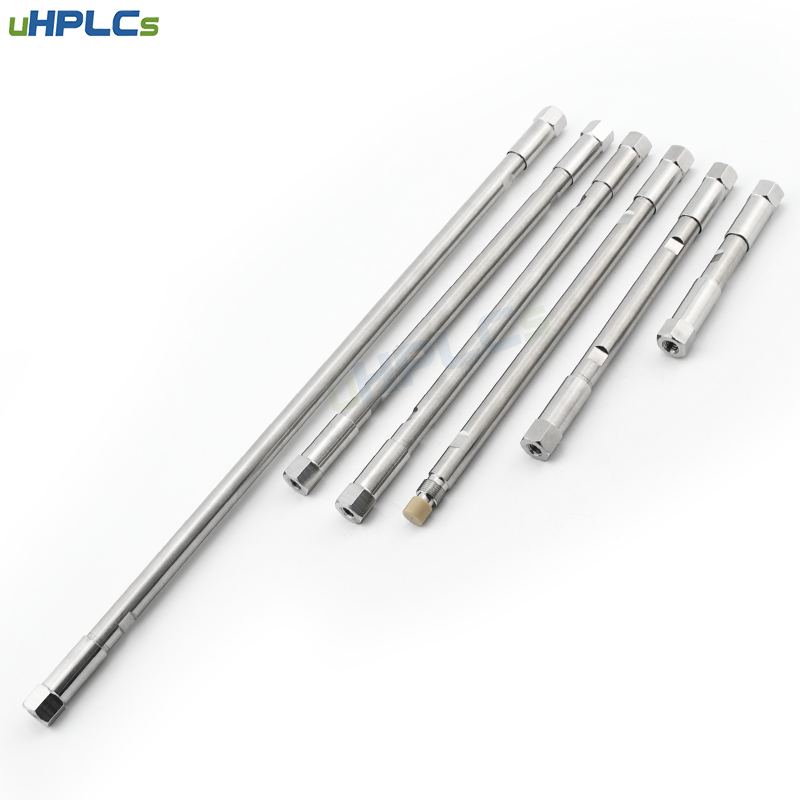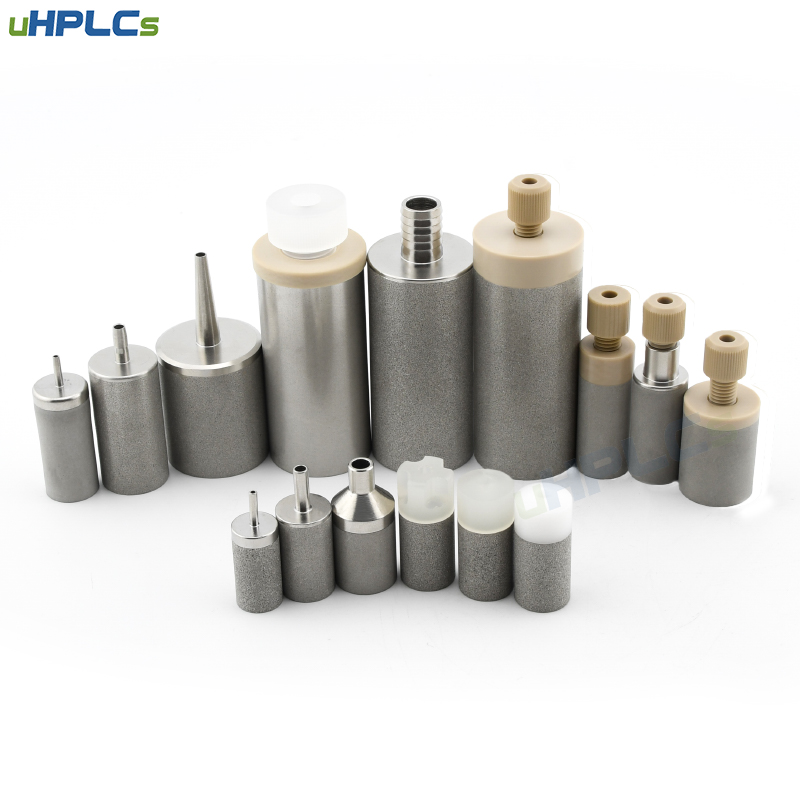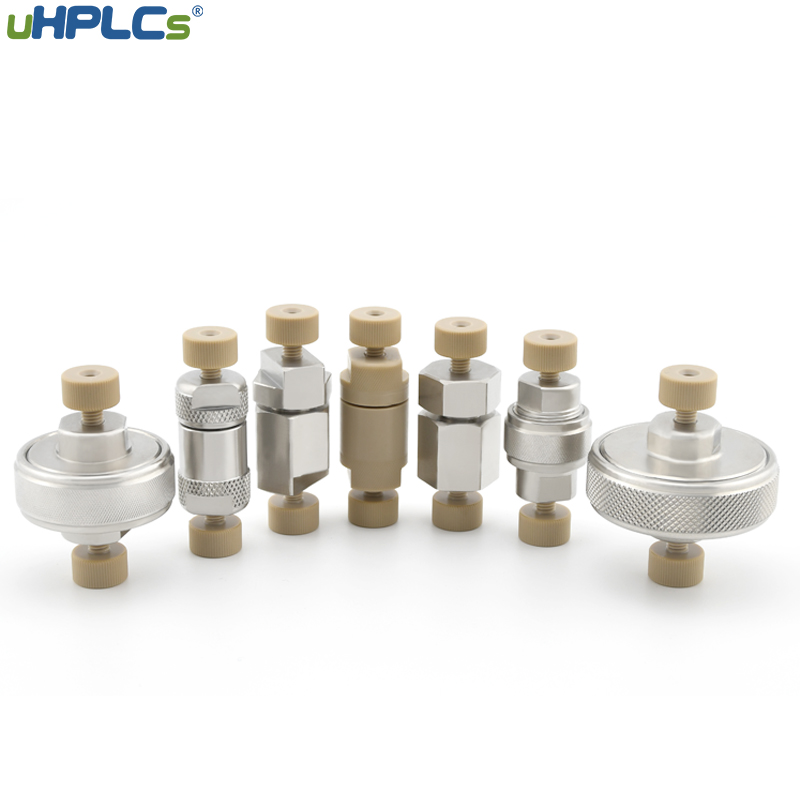Effectivity of the HPLC system depends on the mobile phase and the sample being free from chemical impurities or solid suspensions. The discussion on the handling and use of HPLC mobile phase mainly focuses on the measures to be taken in the preparation and use of mobile phase. Discussions on the importance of sample filtration centered on the benefits of cleaning the sample at injection time.
HPLC chromatographic column is an important part of HPLC system. It should be used carefully and maintained after use to avoid problems in the next use. Frequent replacement of columns is expensive, so it is important to maximize the service life of columns in order to save costs. The column should also be carefully maintained so that the results are accurate and consistent each time.
Due to the frequent use of chromatographic columns, chemical impurities and solid suspension particles accumulate gradually, and chromatographic performance begins to decline during use. Large particulate impurities present in the mobile phase or sample begin to deposit on the inlets of the column, thus interfering with the flow uniformity. Smaller particles cause an increase in back pressure, resulting in blocking of flow paths in the stationary phase.
What are the contaminants?
1.Highly retained compounds in reverse phase separation, such as fatty acids.
2.Compounds that are irreversibly retained, such as residual protein material, are not completely removed during sample extraction. This problem can be solved by deproteinizing the protein in the sample prior to HPLC analysis.
3.Particulate impurities, which may be the result of an unfiltered sample or wear on system components such as seals in a pump or sampler. Or it could be that the solvent itself still has particulate impurities at the time of injection, and the particles are not filtered and enter the system. It is recommended to use a solvent injector filter to filter out fine particulate matter to avoid entering the HPLC system.
UHPLCS 2μ,5μ,10μ,20μm liquid chromatograph liquid phase inlet solvent filter, protect pump, one-way check valve, sampler, chromatographic column from harmful particle pollutants damage; Small suction resistance, large cylindrical sieve surface area, almost no back pressure; The suction filter head size is small, can be used for a variety of small bottle mouth storage tank container; No air will be introduced into the system, and no bubbles will enter the mobile phase pipeline. The solvent extraction utilization rate of the liquid storage bottle can reach more than 99%, which greatly reduces the waste of the solvent at the bottom of the bottle due to the lack of net vacuum absorption. With multi-stage pipe joints, compatible with a variety of inner diameter solvent mobile phase pipeline, do not need to replace the suction filter head can match the suction pipe of different specifications; Product compatibility is high, suitable for all kinds of brands of HPLC system.
4.Residual buffer in the column leads to crystallization precipitation after drying. Washing the column with HPLC-grade pure water or buffer solution after use prevents the formation of such salt deposits.
What is a protective column?
The protective column is mounted between the sampler and the analytical column to trap chemicals and particles that cause the screen plate to clog, the column head to collapse, and the column efficiency to decline. Chemicals and particulates can contaminate and clog the column, adversely affecting the analysis. In this case, the analytical protection column can be installed in front of the column to prevent the formation of the column, can protect the role of the column. The protective column should preferably have the same packing as the analytical column to eliminate the complexity of separation. The internal ID of the guard column should be equivalent to that of the analysis column to minimize back pressure. The protection column needs to be replaced periodically , depending on such changes as increase in back pressure, peak width and peak retention time.
UHPLCS suggests that you can effectively use, regular replacement of chromatographic protection column, in order to extend the life of the column.
Post time: Feb-27-2021








